The 2021 Ford Bronco Sport is here, and just like its big Bronco sibling, the main competition comes from Jeep. Not all crossovers are equal in their ability to traverse sketchy trails or rocks, and Ford has geared up the Bronco Sport to be about as good as it gets for this kind of driving. The Jeep Cherokee, and to a lesser extent the Jeep Compass, share this dual personality of refined on-road driving with the ability to go off-road if you so choose.
A Bronco Sport is most similar in stature to the Compass, but the Cherokee is the better choice from Jeep if you want greater capability off the paved roads. All three of these models come in varying degrees of that capability, as well. If you want peak Bronco Sport, get the Badlands or First Edition. If you want the best Cherokee or Compass off-road, you’ll need to pony up for the Trailhawk trim. That being the case, the off-road specs in the chart below all reflect the most capable versions of each vehicle available. We’ll break it down even further in the different subsections to give you an even more detailed look at how these models stack up against each other.
Here’s the chart:
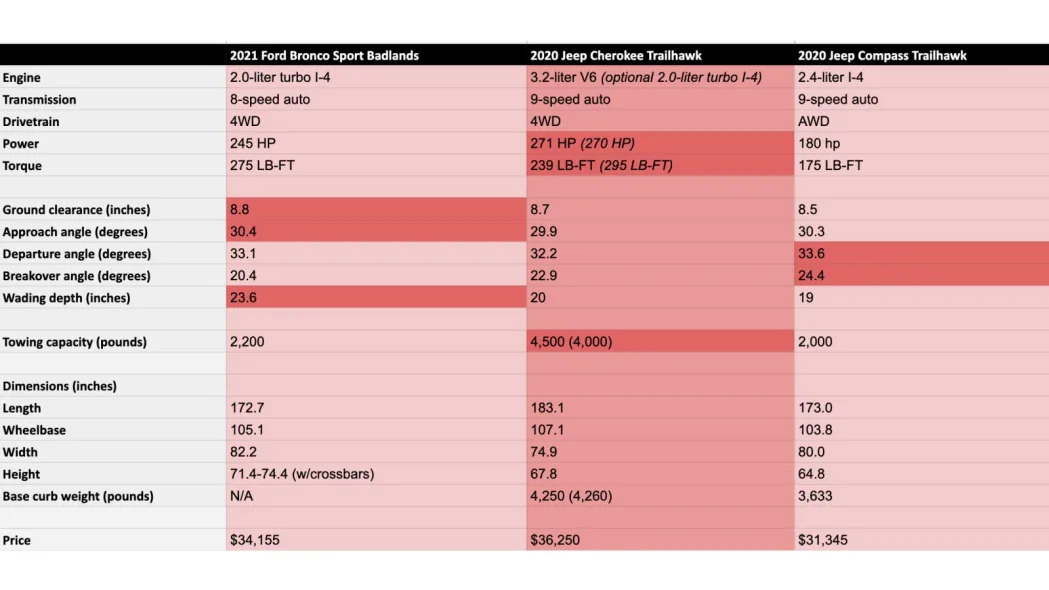
Engines and transmissions
The standard engines in the Bronco Sport Badlands and Cherokee Trailhawk are both upgrades for their respective models (we'll get to the base engines in a minute). Ford’s 2.0-liter turbo is strong, but the optional 2.0-liter turbo in the Cherokee is stronger, besting the Ford by 25 horsepower and 20 pound-feet of torque. Jeep offers a 3.2-liter V6 as standard, though. This mill makes decent horsepower at 271, but lags in torque at 239 pound-feet. The Bronco Sport is paired with an eight-speed automatic, while the Cherokee's engines both get nine-speed automatics (though our experience with that transmission indicates a great number of gears doesn't equal superiority). Jeep’s Compass doesn't offer a turbo-four or a V6, so if you want something quicker, the Compass is an easy pass.
Now for the base engines. Just like the 2.0-liter, the Bronco Sport's standard engine (in trims below Badlands) this one is familiar from the new Escape — the two are platform mates. In base form, the Bronco Sport has a 1.5-liter turbocharged three-cylinder — 181 horsepower and 190 pound-feet — that offers a tiny advantage in max torque over the Jeeps' 2.4-liter base four-cylinder (180 hp and 171 lb-ft in the Cherokee, and 180 hp and 175 lb-ft in the Compass). That’s because the Bronco Sport uses a turbocharged engine, while the Jeeps are naturally aspirated.
Neither the Bronco Sport nor Cherokee offer a manual, and both are traditional automatic transmissions with lots of gears. You can’t get the Compass Trailhawk with a manual, but there is a six-speed manual available in lesser trims.
We don’t yet know what kind of fuel economy Ford will wring from the Bronco Sport, but an Escape with the 1.5-liter and all-wheel drive is rated at 26/31/28 mpg. The 2.0-liter turbo nets 23/31/26 mpg, according to the EPA ratings. A hit in efficiency from the boxy shape and meatier rubber is expected, but the figures shouldn’t be much lower than the Escape’s. Assuming that’s the case, the Bronco Sport looks like it’ll be right in line with the competition.
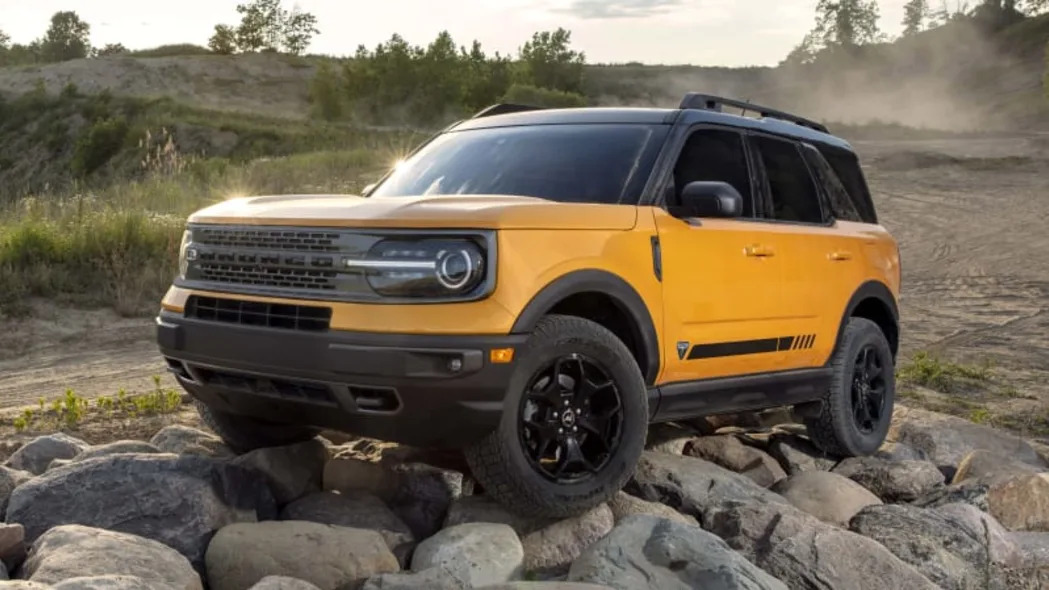
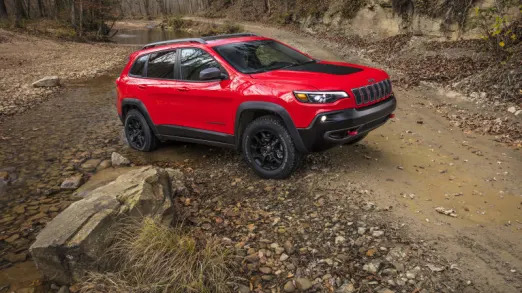
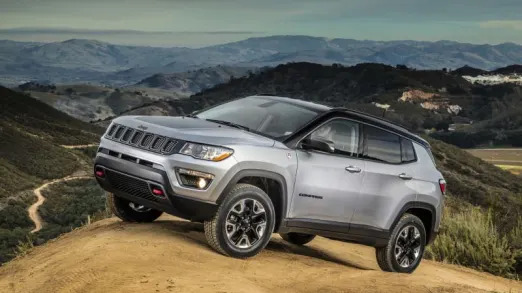
Off-road capability
Now we can get to the good stuff. The Bronco Sport comes standard with all-wheel drive, and if you opt for the Badlands or First Edition, it adds a twin-clutch, torque-vectoring rear axle with a locking differential. That makes it capable of sending all the rear axle torque to either wheel independent from the other. Meanwhile, the Cherokee Trailhawk comes with a rear differential locker, but it doesn’t feature a similar twin-clutch differential that’s capable of sending power to either rear wheel independently. The Compass features no such differential locking technology, but you can lock it into all-wheel drive.
The Bronco Sport has a rock crawl system built in with shorter gearing at 18:1. Jeep has it beat with a low-range four-wheel-drive setting of 51.2:1 with the 2.0-liter turbo in the Cherokee. The Compass has a similar crawl ratio as the Bronco Sport at 20:1.
Other Bronco Sport trims lose the fancy torque vectoring twin-clutch rear-drive unit, but retain all-wheel drive. If you move down the Jeep Cherokee food chain (there are three different 4WD systems), you’ll also lose the locking mechanical rear differential. It keeps the shorter gearing in the second level of capability, but becomes fairly normal crossover fare with the base level system.
In their most capable trims, Ford wins the ground clearance war by a smidge over the Cherokee and a few tenths of an inch over the Compass, but it’s no huge victory to crow about. The approach and departure angles for the Bronco Sport are noticeably better than the Cherokee, but the Compass is also incredibly competitive here, too. They’re all very close, but the Bronco Sport and Compass are about tied here. You’ll want the Bronco Sport if you’re wading through water though, as it can handle over three inches more than the Jeeps. All of them have usable tow hooks and an array of underbody skid plates, too.
Drop down to the less capable trims, and the Bronco Sport and Compass are on even footing with 7.8 inches of ground clearance. Jeep doesn’t list a number for non-Trailhawk Cherokees. The base Bronco Sport has 21.7/30.4 degree approach/departure angles, which again, is better than the lesser Cherokees and Compasses.
When it comes to off-road tech, the Bronco Sport is full of it. There’s Trail Control, which operates as an off-road cruise control system, a front off-road camera and a number of different drive modes to ready it for the type of terrain you’re taking it through. Jeep offers a hill descent control with the Cherokee and a similar low-speed cruise control system. The Compass makes do with just hill descent control, but both Jeeps offer a bevy of off-road driving modes.
Conclusion
The Bronco Sport seems to be a worthy adversary to the Jeeps, but we don't know interior specs yet and we obviously have to drive the baby Bronco to make any sort of real conclusion. The starting price of the Bronco Sport is right in the same ballpark as the Cherokee Trailhawk, undercutting it by a couple thousand dollars, but the Compass is the cheapest of this bunch. That's as it should be, since the Compass has far fewer off-road goodies on it and much less power
While we wait for our first stint behind the wheel of the Bronco Sport, check out all three of them in photos below and let us know which one you'd take home in the comments.
Photos
Related Video:


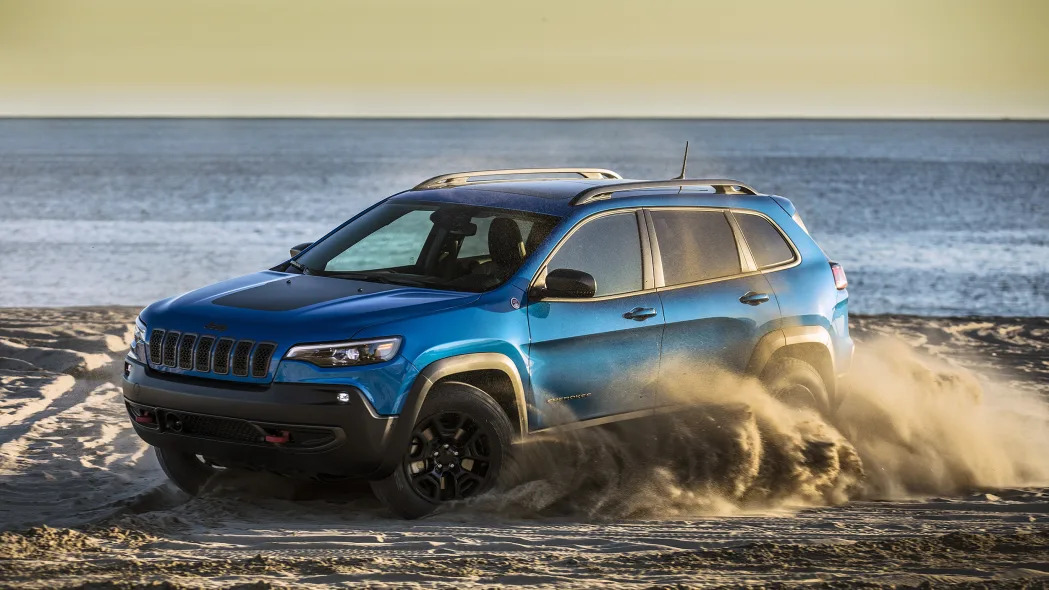
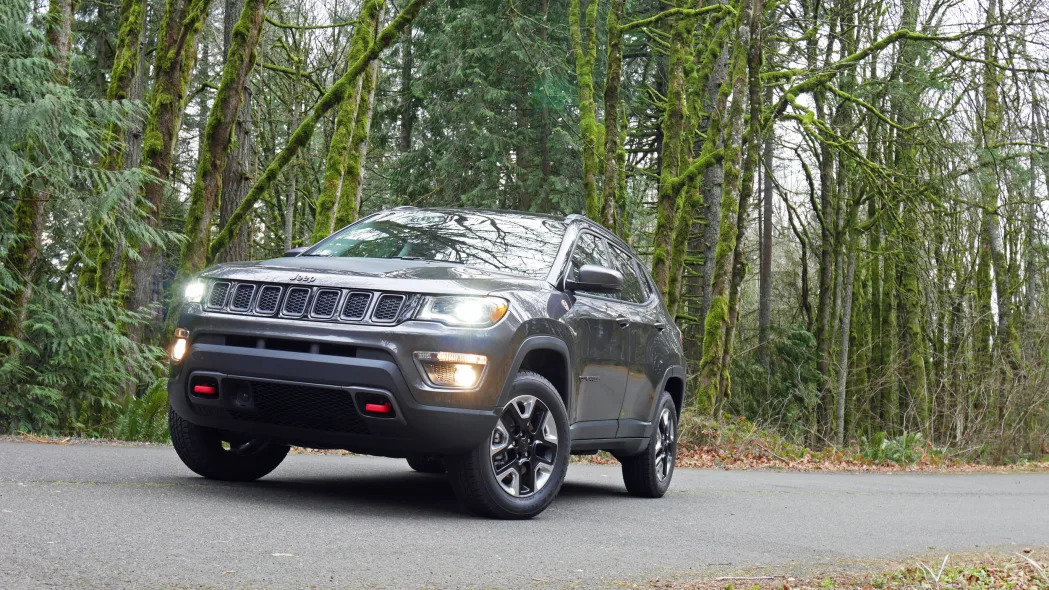


Sign in to post
Please sign in to leave a comment.
Continue